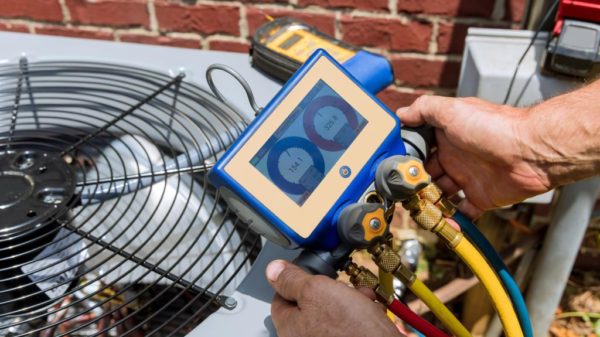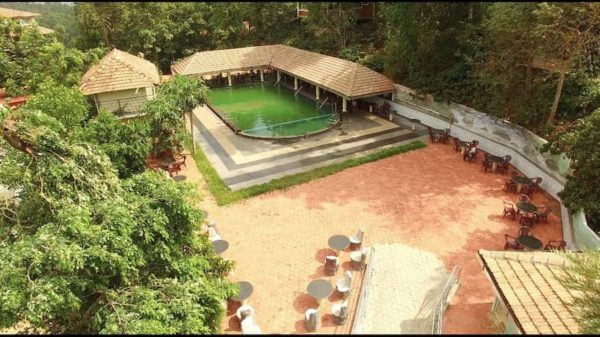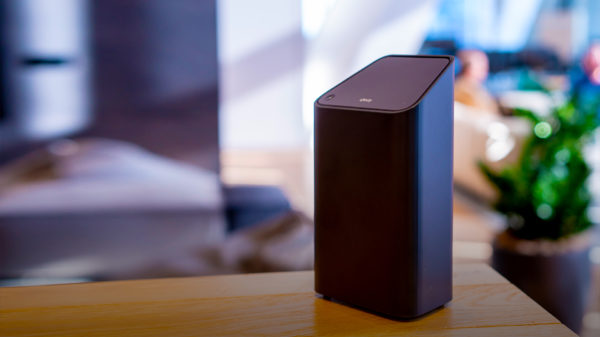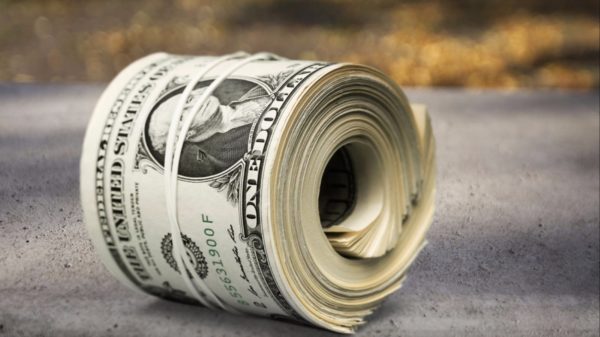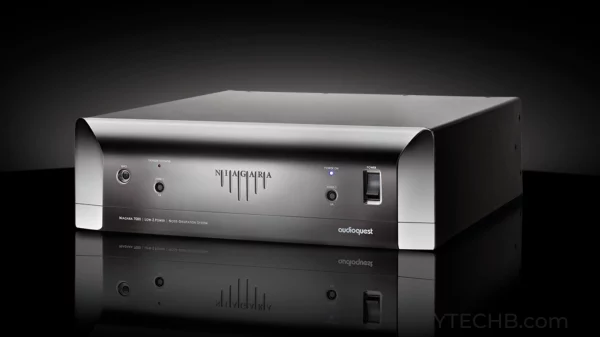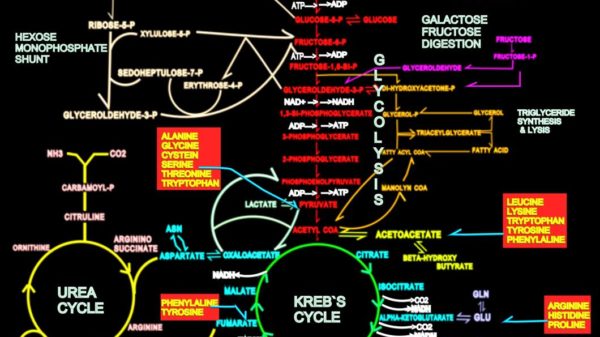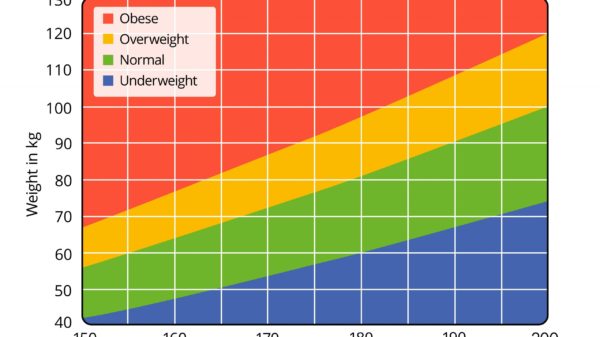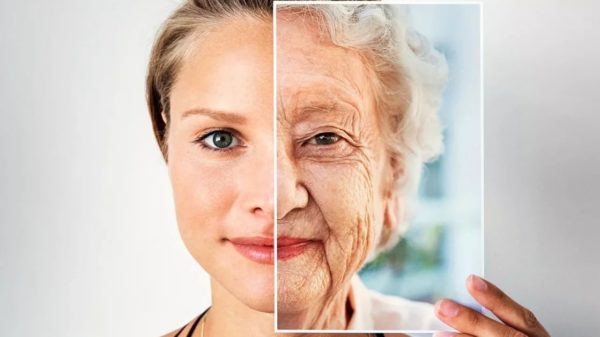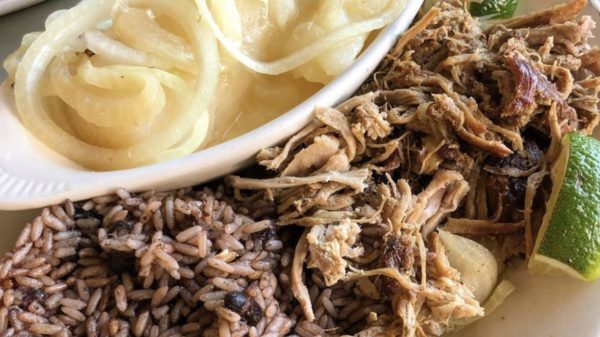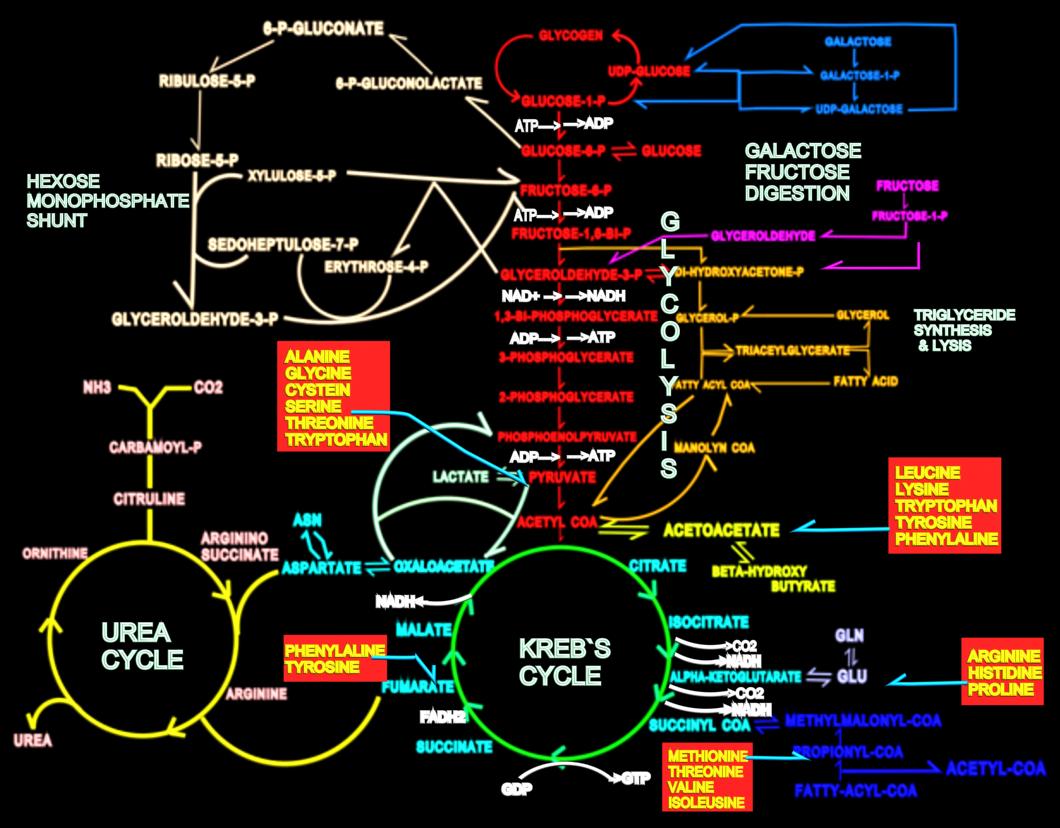Cells produce energy with the breakdown of macromolecules. The biochemical process that is involved in the conversion of food energy into chemical energy is in the form of ATP (adenosine triphosphate), that is what cellular respiration is all about.
In this, the first step is regulated tightly by the phenomena of glycolysis. The term glycolysis derives its origin from the latin word “glyco” meaning sugar and “lysis” meaning breakdown. The process of glycolysis provides two main intracellular functions – the generation of ATP and the intermediate metabolites to feed in various pathways. The glycolytic pathway converts one hexose into two triose molecules such as pyruvate and a total of two molecules of ATP (two consumed, four produced) and 2 molecules of NADH (nicotinamide adenine dinucleotide).
How Does Glycolysis Begin?
The process of glycolysis is initiated with glucose and the production of two pyruvate molecules, four ATP molecules and 2 NADH molecules. If a cell further fails to catabolize the molecules of pyruvate, it harvests only two molecules of ATP from a single molecule of glucose. The mammalian red blood cells that are mature are devoid of mitochondria and hence cannot perform aerobic respiration (organisms convert energy in this process in the presence of oxygen). For this, glycolysis is the only source of ATP. In the event of interruption of glycolysis, such cells lose their ability to maintain their sodium-potassium pumps and die eventually.
Therefore, glycolysis is initiated with the 6-carbon ring-shaped structure of one molecule of glucose and terminates with 2 molecules of a 3-carbon sugar referred to as pyruvate.
Interesting Facts About Glycolysis
- Discovery of glycolysis: The process of Glycolysis also referred to as the EMP pathway (Embden-Meyerhof-Parnas pathway) was discovered in 1940 by Jakub Karol Parnas, Gustav Embden and Otto Meyerhof. They put forward the complete pathway of glycolysis.
- The process of glycolysis is believed to be much older and is indicated to be around here even before oxygen gets introduced into the atmosphere.
- Glycolysis is basically the splitting of glucose. It involves the conversion of a six-carbon molecule of glucose into two three-carbon sugars referred to as pyruvate in a chain of enzymatic reactions.
- The process of glycolysis includes two distinct phases – energy investment or preparatory phase and the payoff or energy generation phase.
- Glycolysis is not only limited to plant and animal cells but also takes place in the cells of microbes.
- Occurrence of glycolysis: Glycolysis takes place in the cytosol of eukaryotes and in prokaryotes, in the cytoplasm.
- Glycolysis was the first biochemical pathway to be discovered: In the mid-1880s, Sir Louis Pasteur learned that microbes induce the disintegration of glucose when oxygen is absent (fermentation). Eduard Buchner, in 1897, discovered that fermentation reactions could be performed in cell-free yeast extracts which were successful by breaking open cells and collecting cytoplasm containing soluble organelles and molecules.
- Glycolysis happens to be the first stage of cellular respiration in an aerobic environment.
- The process of glycolysis, in anaerobic environments, causes cells to produce ATP. The process is referred to as fermentation.
- The process of glycolysis involves 10 reactions. Each of these reactions is catalyzed by ten different enzymes.
You just learned more about glycolysis. For other interesting topics such as Photosynthesis, cellular respiration, cell membrane and more, subscribe to BYJU’S YouTube Channel.



